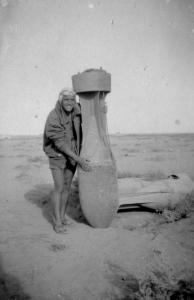
|
| rsa078 : Nord Africa - 1941. Il serg. Aldo Rosa. |

|
| rsa078 : Nord Africa - 1941. Il serg. Aldo Rosa. |
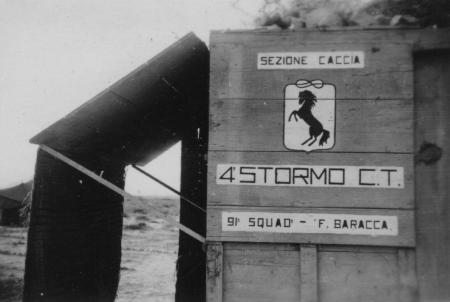
|
| rsa117 : |
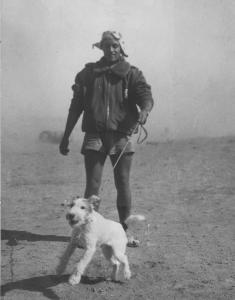
|
| rsa148 : Nord Africa - 1941. Il serg. Aldo Rosa. |

|
| rsa150 : |
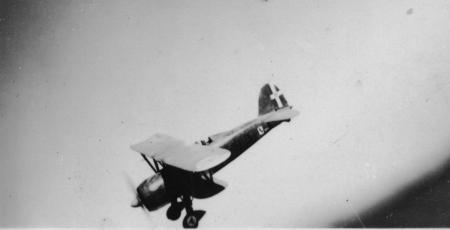
|
| rsa151 : |
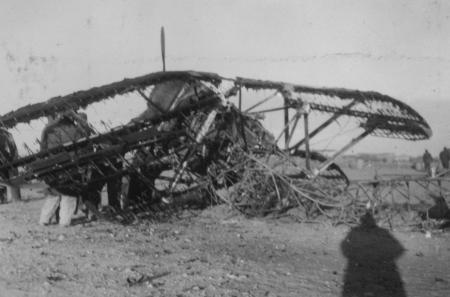
|
| rsa152 : Presidio di Gialo (?) - novembre 1941 (?) |
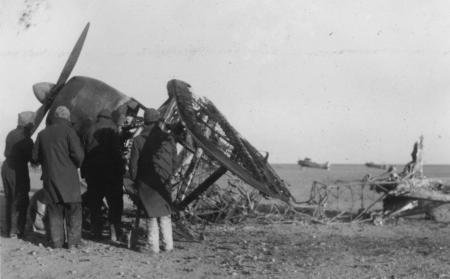
|
| rsa153 : Presidio di Gialo (?) - novembre 1941 (?) |
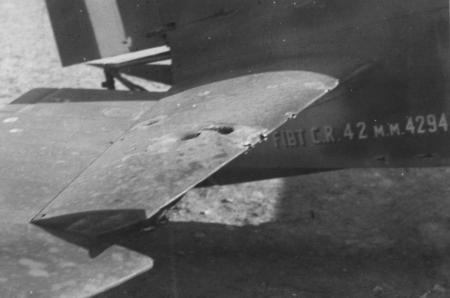
|
| rsa154 : |
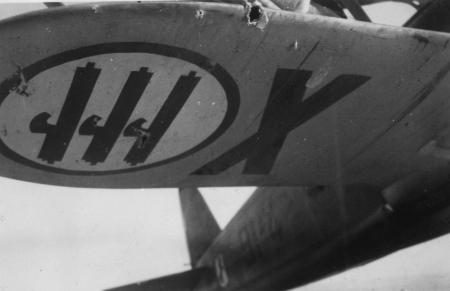
|
| rsa155 : |
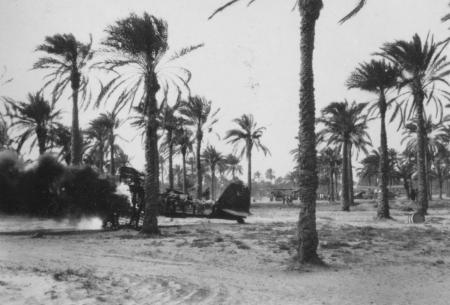
|
| rsa156 : Presidio di Gialo (?) - novembre 1941 (?) |

|
| rsa157 : Presidio di Gialo (?) - novembre 1941 (?) |
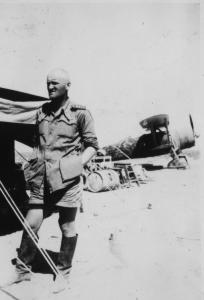
|
| rsa158 : Nord Africa - 1941 Il comandante della 91^ Squadriglia, cap. Giuseppe d'Agostinis. |
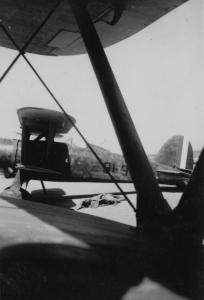
|
| rsa159 : CR 42 della 91^ Sq. |
| xyz001 : |
Sergente Aldo Rosa
When Italy declared war on the Great Britain and France on 10 June 1940, Sergente Aldo Rosa served in the 91a Squadriglia, 10o Gruppo, 4o Stormo C.T.
On 12 June, the 2o
Stormo’s fighters in North Africa were joined by those of the 10o
Gruppo (84a, 90a and 91a Squadriglie) of
the Gorizia based 4o Stormo C.T.. The Gruppo was commanded by
Tenente Colonnello Armando Piragino and started the war at Tobruk T2 with
27 CR.42s.
The 91a Squadriglia C.T. was composed of the following pilots:
Capitano Giuseppe
D’Agostinis (CO), Tenente Enzo Martissa,
Sottotenente Ruggero Caporali,
Maresciallo Raffaele
Chianese, Maresciallo Vittorio Romandini,
Sergente Maggiore Leonardo Ferrulli,
Sergente Maggiore Lorenzo Migliorato,
Sergente Maggiore Natale Fiorito,
Sergente Maggiore Elio Miotto,
Sergente Rosa, Sergente Alessandro Bladelli,
Sergente Guido Scozzoli and Sergente Luigi Ferrario.
They had ten CR.42s on strength (including Piragino’s).
At 17:00 on 8 August, Maggiore
Carlo Romagnoli
(CO of the 10o Gruppo) took off from El Adem T3 airfield with
15 other aircraft from the 9o and 10o Gruppi to patrol
along the Egyptian border and to give indirect cover to five SM 79 bombers
and a single reconnaissance Ro.37, which were out to patrol the same area.
The five SM 79s were a formation from the 44a Squadriglia, 35o
Gruppo, led by Capitano Giuseppe Pagliacci, which were out to bomb enemy
vehicles and aircraft in the Bir El Chreigat area.
Participating pilots were Romagnoli,
Capitano Giuseppe
D’Agostinis (CO 91a Squadriglia), Tenente Enzo Martissa
(91a Squadriglia), Sergente Rosa (91a
Squadriglia), Tenente Giovanni Guiducci
(CO 90a Squadriglia), Sergente Maggiore Angelo Savini
(90a Squadriglia), Capitano Luigi Monti
(CO 84aSquadriglia), Tenente Vittorio Pezzè
(CO 73a Squadriglia), Tenente Valerio De Campo
(73a Squadriglia), Sottotenente Carlo Battaglia
(73a Squadriglia), Sottotenente Alvaro Querci
(73a Squadriglia), Maresciallo Norino Renzi (73a Squadriglia),
Sergente Maggiore Enrico Dallari
(73a Squadriglia), Sergente Antonio Valle
(73a Squadriglia), Sergente Santo Gino (73a
Squadriglia) and Sergente Lido Poli (73a
Squadriglia).
Immediately after take-off, Romagnoli
started to climb, keeping the sun in the back. At 2500 meters over Gabr
Saleh (around 65 kilometres south-east of El Adem and 35 kilometres east
of Bir El Gobi, well inside the Italian territory) when the Italian formation
was still climbing, Tenente Pezzè saw two
formations of Gloster Gladiators higher and, after giving the alarm to
the gruppo commander, tried to attack the enemy fighters frontally and
from below.
Then, completely unseen by Pezzè and the
other Italian pilots a third formation of Glosters attacked the 73a
Squadriglia formation from above (the surviving Italian pilots estimated
that each British formation was nine planes strong so, after the combat,
they assessed that they fought against 27 enemy fighters for fifteen minutes).
...
On 23 November, Sergente Rosa and Sergente Alessandro Bladelli of the 91a Squadriglia took off from T4 and claimed a damaged Wellington bomber. On 12 December, Sottotenente Ruggero Caporali and Sergente Rosa from the 91a Squadriglia’s alarm section at T4 claimed a damaged Blenheim.
Rosa ended the war with 3 shared biplane victories.
Biplane victories: 3 shared destroyed, 2 shared damaged.